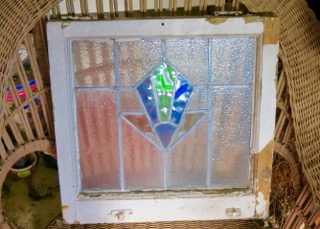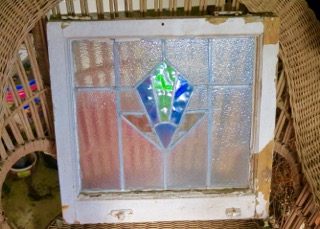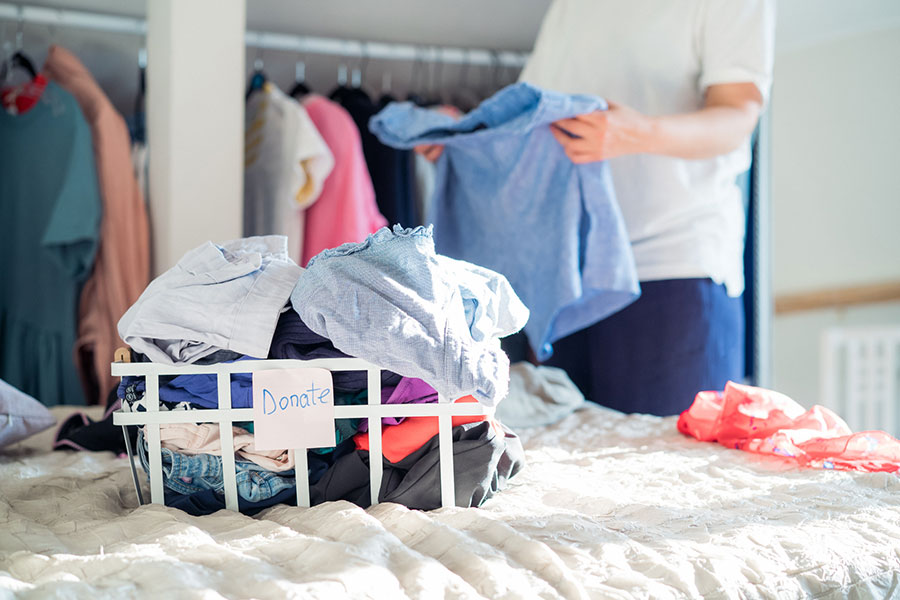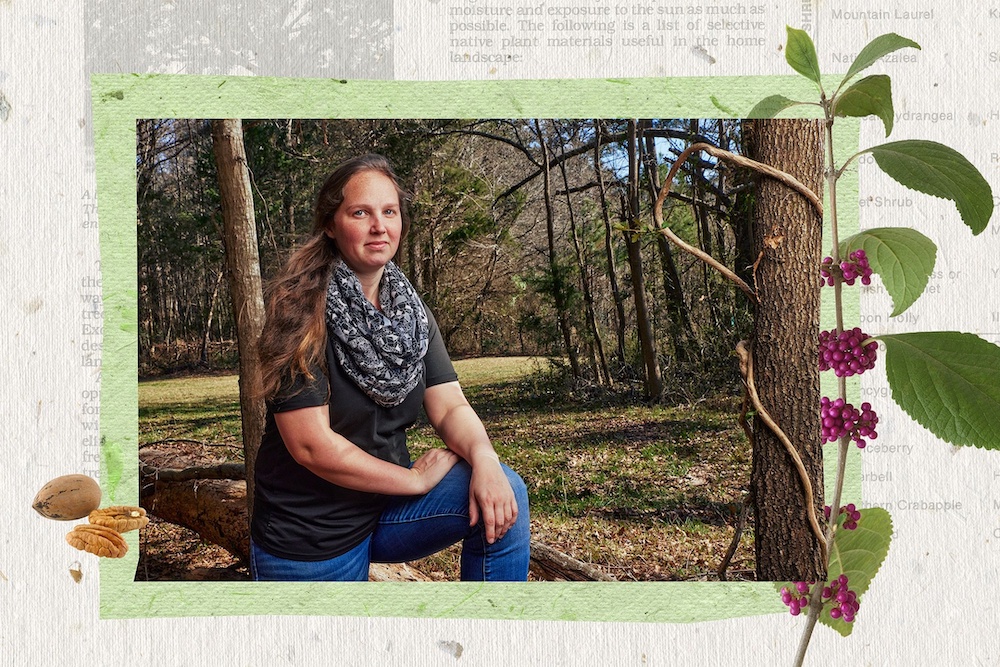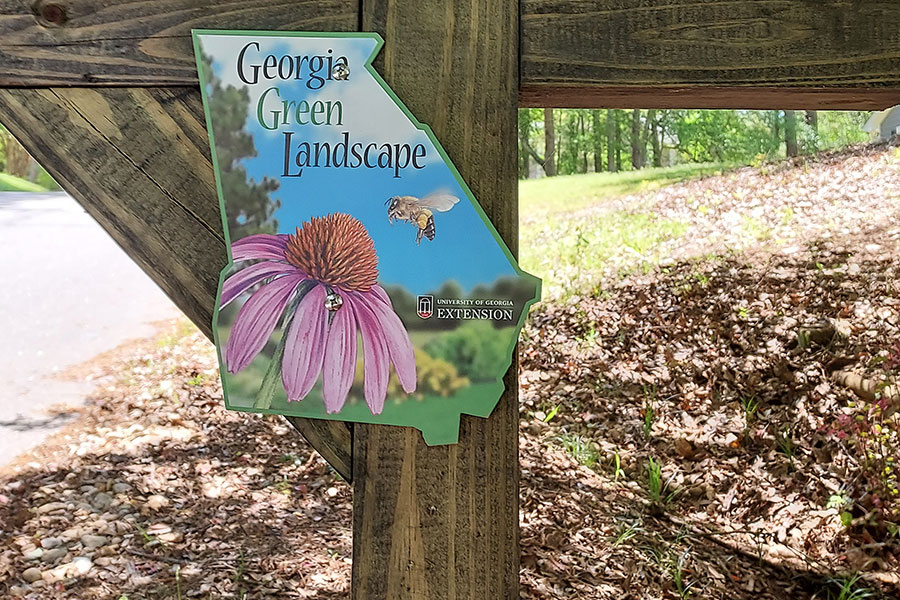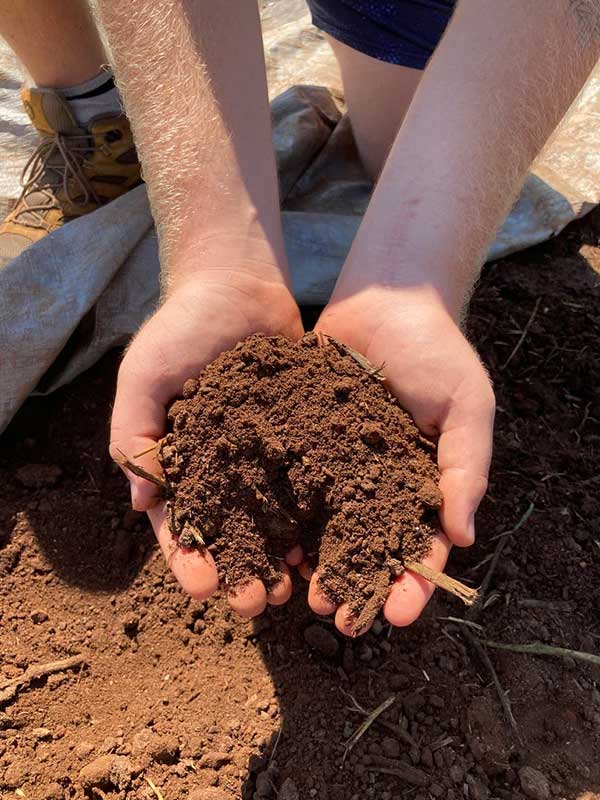Vintage furniture and salvaged architectural details can add character to any décor. However, thrift-store treasures might be adding more than whimsy to Georgia homes – they could be carrying unsafe levels of lead.
Lead paint was used in houses and on household items in the United States until 1978. The 1920s farmhouse door that gets turned into a coffee table or the worn porch corbels that get incorporated into a kitchen island were probably treated with lead paint.
Lead exposure can cause serious developmental delays and brain abnormalities in children and can affect cognitive abilities in adults as well. Lead’s sweet taste often lures children into putting lead-painted surfaces into their mouths.
“Using vintage and antique furniture in our homes is a great way to avoid buying new pieces, and it keeps furniture out of our landfills,” said Pamela Turner, associate professor in the University of Georgia College of Family and Consumer Sciences and UGA Cooperative Extension housing and environment specialist. “Those are both great things for the environment, but we need to be mindful about what we’re bringing into our homes and minimize or eliminate any contact that our families have with lead.”
If the painted surface doesn’t come in contact with our hands, mouths or food, lead paint isn’t dangerous unless it starts to deteriorate, shedding lead dust and chips into the atmosphere. However, that worn, authentic look that so many of us are after means, by its very nature, that the paint is deteriorating.
If you’re sanding and refinishing vintage or antique furniture, you may be creating clouds of lead dust in your home or workspace.
The threat of lead doesn’t mean that Georgians need to give up their thrift shop addictions, Turner said. They just need to use precautions when bringing older pieces into their homes.
Turner has put together a great set of tips for safely refinishing antique and vintage pieces on her UGA GreenWay Pinterest page at pinterest.com/ugagreenway. Turner and her team have collected methods that have been proven safe by vetted experts for everything from furniture refinishing to mold removal.
Here are some steps that will keep households safe from lead paint on older furniture. The key things to remember are to seal off and cover the work area with heavy plastic sheeting; keep the area damp to reduce dust; and clean up thoroughly.
- If you’re working inside, turn off forced air and cover the vents.
- Cover up. It’s advisable to wear long pants, a long-sleeved shirt, goggles, washable shoes, gloves and a National Institute for Occupational Safety and Health (NIOSH)-certified disposable respirator with a high-efficiency particulate air (HEPA) filter (N-100, R-100 or P-100).
- To reduce dust, use a damp sanding sponge. Wet your work surface often.
- Clean up thoroughly. Ideally, you can fold up the plastic sheeting with the lead residue on it and dispose of it according to your local waste management guidelines.
- When you are done, remove your clothes and wash everything in a separate load.
- Finally, take a shower and wash off the lead dust.
Work smart and safe. In the end, you will have a beautiful artifact or piece of furniture that will safely add character and a sense of history to your home.
For more detailed information about how to safely remove lead paint, visit the Environmental Protection Agency’s webpage for do-it-yourselfers at epa.gov/lead/renovation-repair-and-painting-program-do-it-yourselfers.
For more information about UGA Greenway, please visit ugagreenway.wordpress.com.

